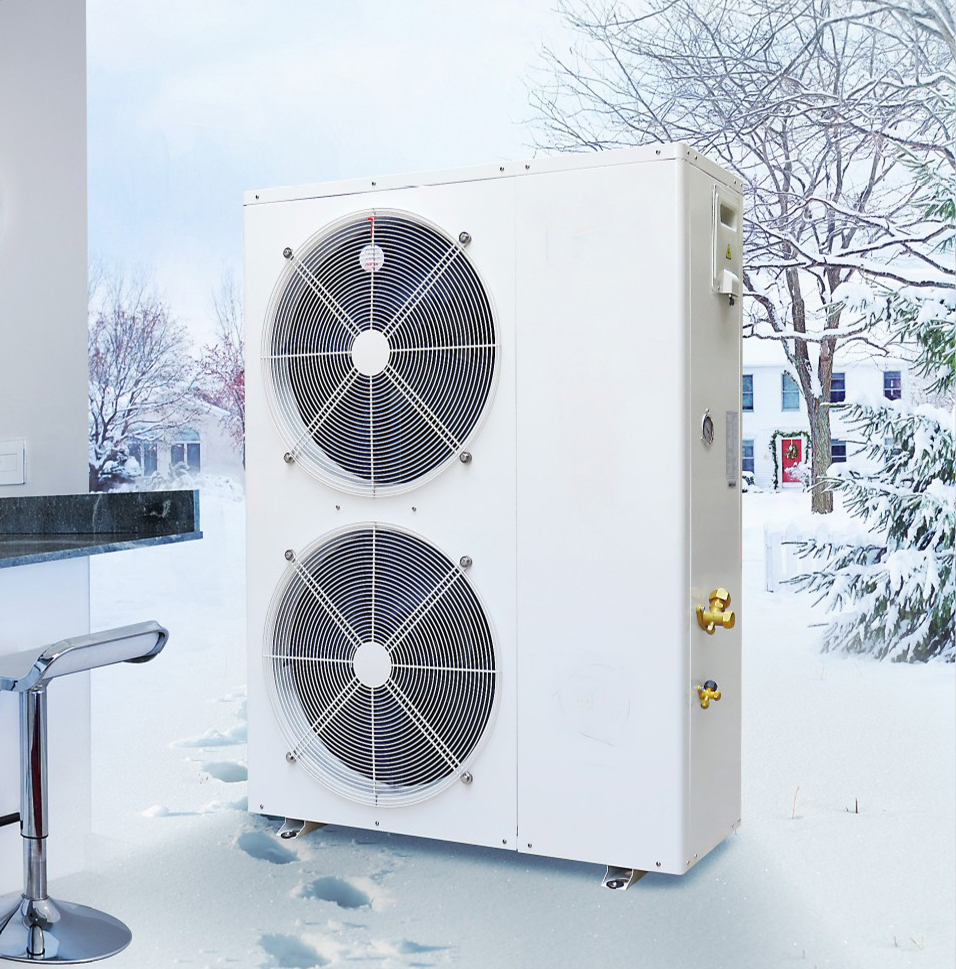Friends and colleagues in China,It’s my pleasure to discuss with you the development of the European heat pump market,Thank you Cooper for inviting me for that occasion. As you probably all have learned, even though covid cause limited travel. The commercial relations between China and Europe have been very well and have been actually increased in importance.
We are looking at the past decade, then we see continuous growth, and we see that 2021, an outstanding+34%. We are at the moment estimating and summarizing the data for 2022. And the first data from eight markets that we have indicate that at least the growth will be 25% again, maybe even more, maybe a 30, maybe even 34%.
Looking at the sales in 2021. We know that about ten markets are responsible for 90% of the market growth and three markets are responsible even for 50% of the market growth. And that is very important because, it shows that a lot of additional markets can still grow significantly from these markets, that you see here. Some of them have presented outstanding growth. For example, the polish market in 2022 grew by 120%. That means that the polish market is now on position number four, because also the German, market grew really fast by 53%. The Finnish market grew by 50%. So we have quite a number of additional, markets that are now that are now, grouping themselves in the Top five, Top six, Top six,without giving detailed numbers, because that I didn’t have the time to evaluate. Here is just the rough growth. figures for a few markets, as I mentioned, Poland 120%, Slovakia 100%, Germany 53%, Finland 50%, then we have a few that show lower growth, France 30%, Austria 25%, Norway, I think, also 20%. So you see that even established, markets are still growing quite strongly. We are receiving data for the remaining for Spain, for Italy, for Switzerland, as we speak. So we think within 2 weeks, we can give a better picture.
Summarizing this data leads to a stock of heat pumps in Europe at the end of 2022 of 7.8 million heating heat pumps plus another about1 to 2 million hot water heat pumps. And this is now supplying heat for 15% of all buildings. Why is that relevant? Because it means that the basis for further growth is very solid. We have established R&D and we haveWe have an established installer group. established logistics and manufacturing capacity. That’s important for this growth. And the answer to this question, will the markets continue to grow, in my opinion, is a very clear as a result of the different political developments and political decisions. And the Challenge that we are facing is really big and can only be achieved by further growth in the European market.
You see here? The summary and the comparison between the fossil sales that we are seeing in Europe and heat pumps. And heat pumps have been growing very fast. But also fossil heating systems have seen a growth, maybe because people still want to buy a boiler while they last. to buy a boiler while they last. As many of the European governments are now discussing the introduction of bans for oil and gas boilers, which would create additional demand for heat pumps. This graph shows the results of the REPowerEU decision by the European commission and parliament at the council. And this is an agreement that would give a clear focus to heat pumps in order to achieve the targets that have been communicated inside the REPowerEU communication and the REPowerEU political package. We would need to go to a doubling of the heat
pump annual sales of 2 times of the doubling in the next 3 years and then another doubling by 2029. Because the target is 10 million additional hydronic heat pumps by 2027 about. It was announced in the past that there should also be 30 million additional hydronic heat pumps by 2030. Then we have extrapolated that graph that these numbers to also air to air and hot water heat pumps. And then you see that by 2030, the annual total market for heating and hot water heat pumps should exceed12 million units. And if you compare that to today about 9 million, then the absolute market has to grow or with his own requirements and challenges.
From: Thomas Nowak / EHPA
Post time: Feb-28-2023


